Date: 14 July 2022
Environmental responsibility
The construction industry is moving toward an environment of ECOllaboration, meaning that designers and constructors are together embracing the urgent need to reduce embodied carbon and greenhouse gas emissions, by addressing this aspect of sustainability in a more holistic way. In line with this need, Dow has introduced carbon-neutral silicones for specific high performance building applications, to support the push from designers, architects and property developers to create lower carbon buildings and help facilitate industry incentives such as green building standardization. Dow’s Silicone Solutions help enable the façade design intent of the architect in a sustainable way, with enhanced energy and material efficiency whilst offering a possibility of end-of-life disassembly.
Energy efficiency
Sustainable design requires a combination of engineering and assessment of system performance. For example, the energy efficiency of a building envelope will greatly influence operational carbon output during the lifetime of a building. It is here that the performance features of Dow’s Silicone Solutions demonstrate a proven value and can help to enhance systems within a facade and extend a building’s service life.
Material efficiency
Another area for consideration in sustainable design is material efficiency, which is gaining a lot of credence during the design process. The obvious step is to try to build clever by avoiding using materials or reducing material usage in systems, such as aluminium in a façade, and also to select materials that offer a low embodied carbon, such as carbon-neutral silicone sealing and bonding solutions.
Reuse and recycle
For a truly sustainable design, material end of life consideration is likewise needed. Can the selected building materials be disassembled and reused – all before reuse or recycling? The use of silicone structural glazing facilitates disassembly of bonded systems when compared to harder thin adhesives. The silicone bead is not detrimental to a reuse of the substrate - metal or frame - as it can remain in place and be used as a basis for a new bonded assembly.
Trusted assessment
The accountability of a company’s practices to reduce carbon emissions of products and processes can be confusing. Dow have appointed an independent third party who will assess and measure their efforts within an organized framework, according to the PAS 2060 verified carbon neutrality standard. The life cycle analysis documentation (LCA) for Dow’s carbonneutral silicones created will be evaluated as well as the way Dow manages their own internal supply chain offsets (also referred to as insets). The major benefit of PAS 2060 verification is that it continuously requires a reduction in carbon emissions, which are independently validated.
For further information about the Dow Carbon-Neutrality Program and how to apply, please visit dow.com/carbonneutralsilicones.

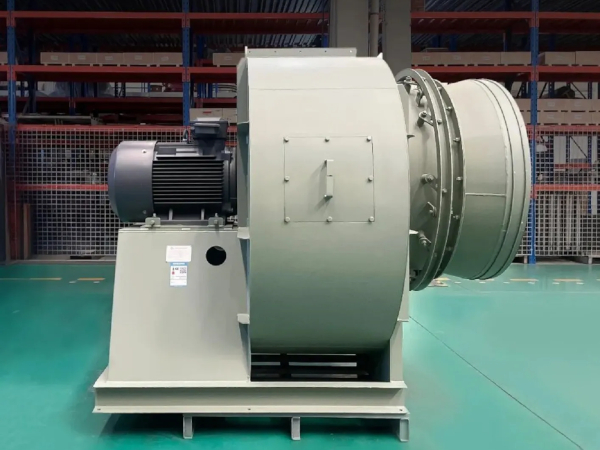
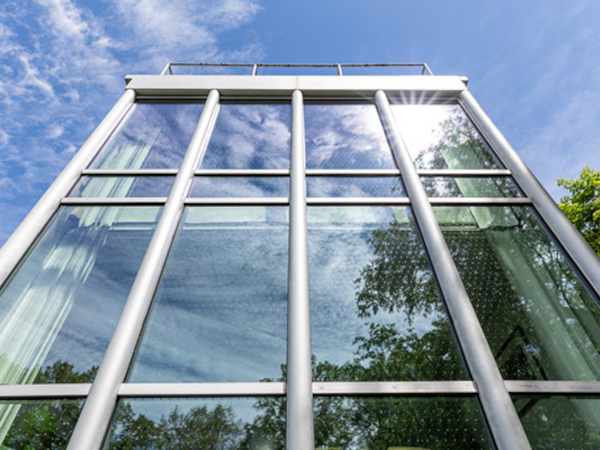
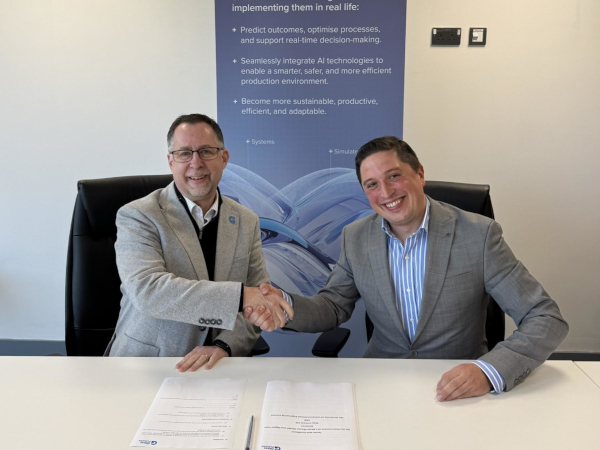
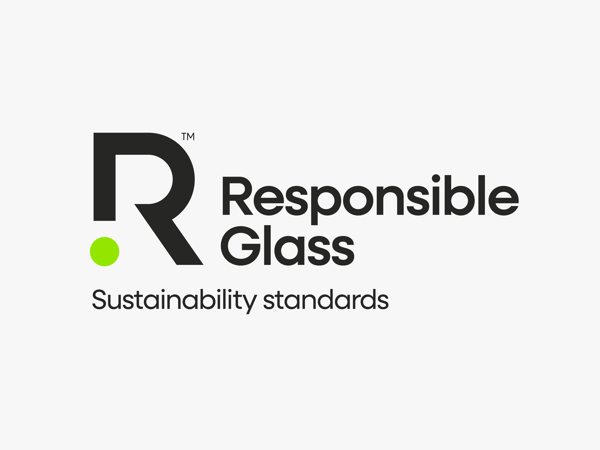
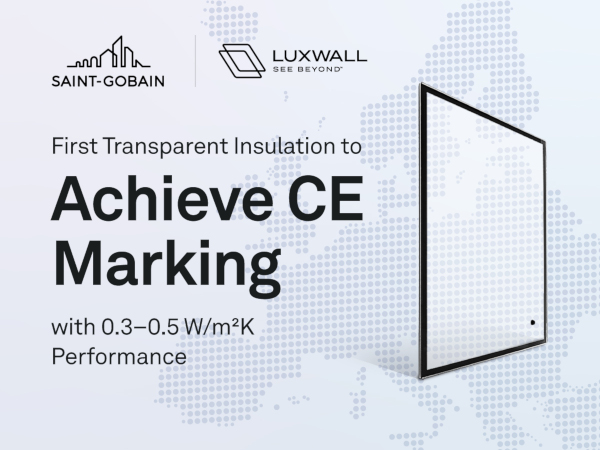
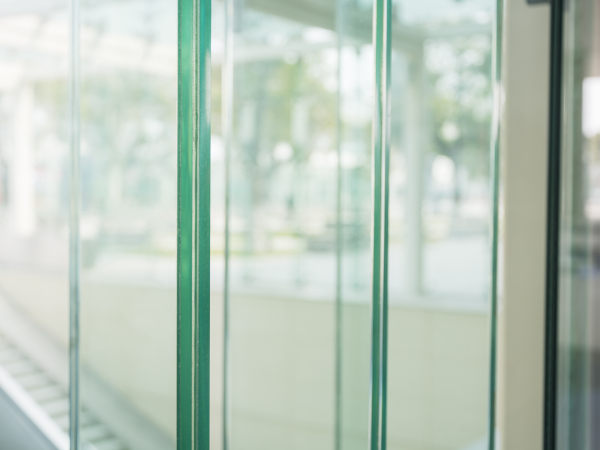












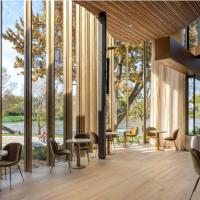
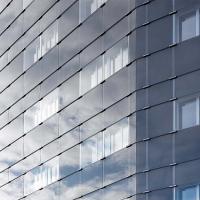
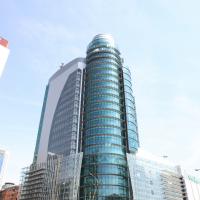
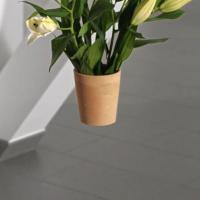
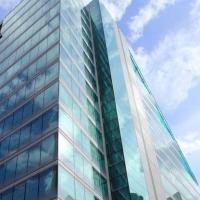
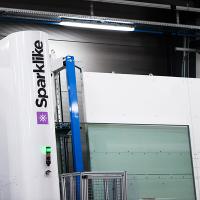
Add new comment